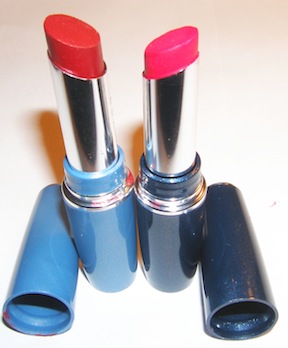
A recent article in the New York Times shows that even the most innocuous products may contain hidden dangers. The article explores the possible health and safety issue of lipstick, a favorite cosmetic of women and girls around the country.
What could be wrong with lipstick? Researchers have found that most lipsticks—four hundred, according to a report by the FDA—contain traces of lead.
This may not seem like a significant issue—the F.D.A. and the cosmetics industry have insisted that “the average lead level found, just above 1 parts per million, or p.p.m., poses no real or unusual health risk.” However, experts are concerned about the effect that long-term exposure of lead in lipstick can have on a person’s health.
Lead typically accumulates in the body, and many lipstick users apply the product at least once, if not multiple times, per day. In fact, one study found that some users re-apply up to twenty times per day.
Unfortunately, lead may not the only metal that is cause for concern. A new study by University of California at Berkeley professor Katharine Hammond found traces of several other metals in twenty-four lip glosses and eight lipstick brands.
Certain metals are added purposefully to lipsticks. Aluminum is added to prevent the color from bleeding, and titanium oxide is used to whiten the color. However, any other metal is a contaminant.
As further research is done on the safety of this product, we urge you to take some common-sense steps to protect your health. Keep lipsticks out of the hands of young children. In addition, if you use lipstick, try to limit the number of times you apply throughout the day.